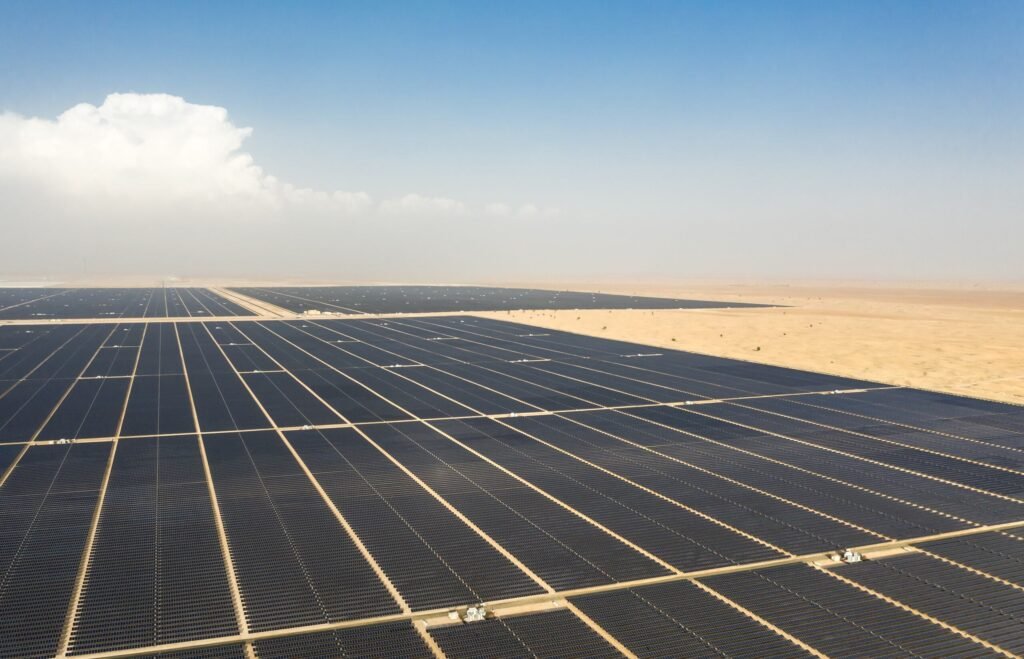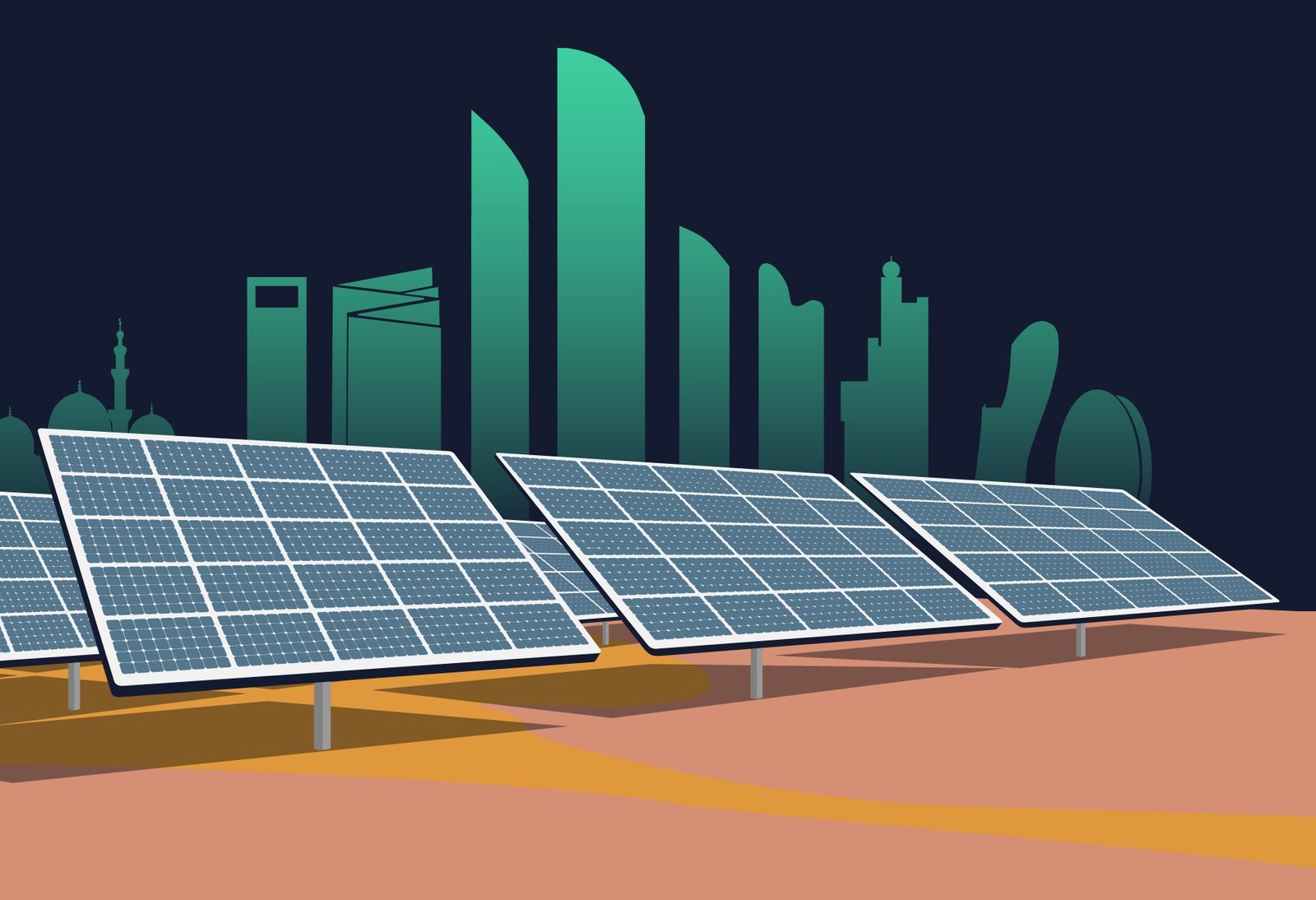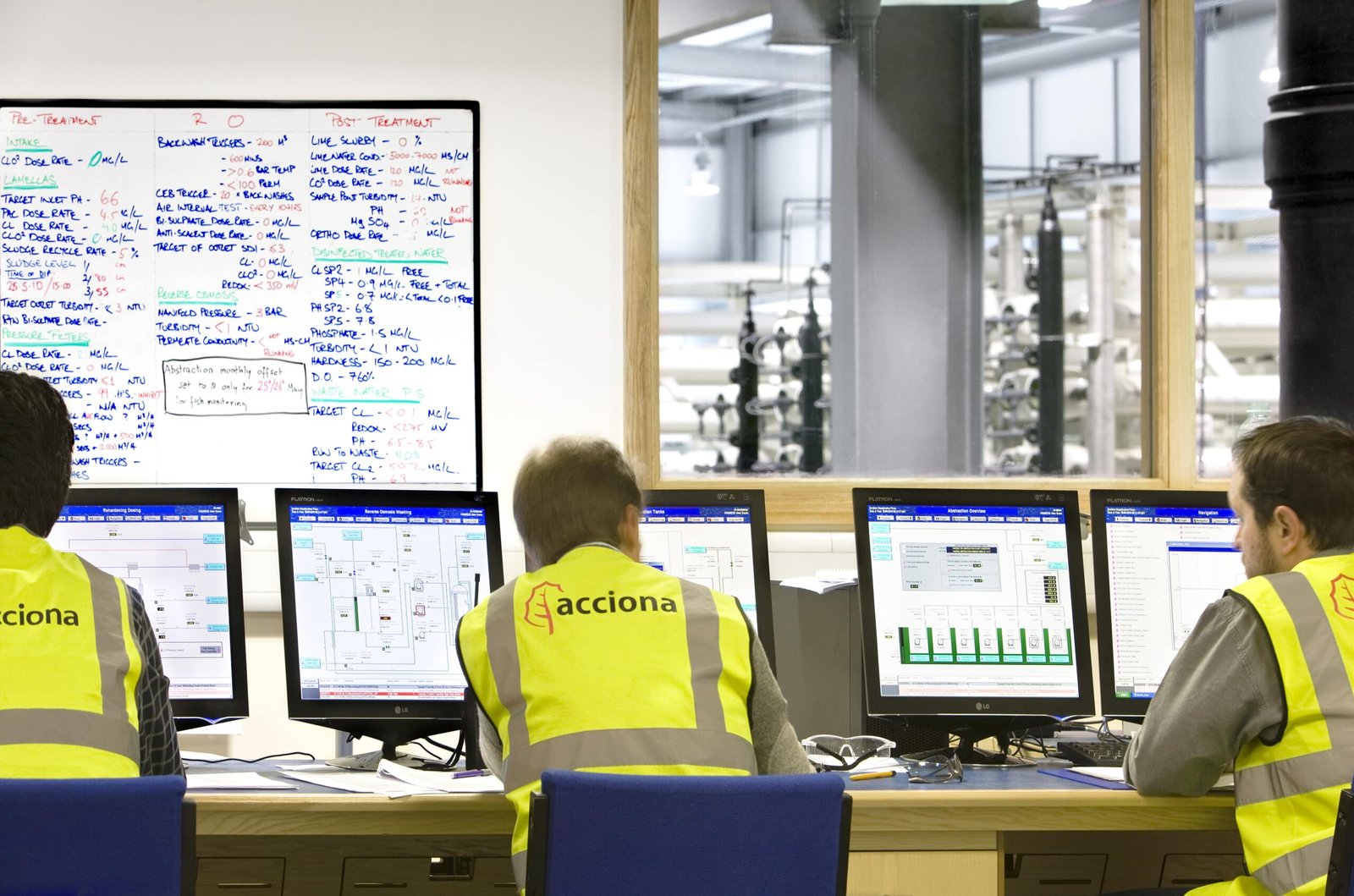Sustainability is no longer a trend in the construction industry, it’s essential. Yet, despite the growing global awareness, making sustainable practices a reality comes with its fair share of challenges.
Tight budgets, short deadlines, and the need for quick returns often encourage clients to stick with traditional energy sources.
But considering that construction accounts for 36% of global energy use and nearly 40% of CO2 emissions, there really is an urgent need to shift to greener alternatives. At STONEHAVEN, a project management company based in the UAE, we’re committed and passionate about overcoming these obstacles and leading the charge towards sustainable construction.
The Challenge of Capital Investment and Timelines
One of the biggest hurdles we face is the initial cost of renewable energy systems. Although the price of technologies like solar panels has reduced in recent years, many clients are still hesitant. This is largely because traditional energy sources offer quicker returns on investment, which makes them more appealing in the short term. As a result, it’s tough to convince clients to think long-term and be open to embracing more sustainable strategies.
At STONEHAVEN, our approach is to educate clients about the long-term benefits, both financial and environmental, of renewable energy. We use face-to-face meetings, case studies, and clear visuals to show how investing in renewables now can lead to significant cost savings and a smaller environmental footprint down the line. It’s a slow process, but we’re gradually seeing a shift in how clients perceive sustainability, with more of them starting to see its value.
Renewable Energy in UAE Construction
When it comes to achieving sustainable construction, integrating renewable energy sources is one of the most effective strategies. And the UAE, with its never-ending supply of sunshine and strong wind potential, is perfectly positioned to leverage solar and wind power. At STONEHAVEN, we make it our mission to utilise these natural resources as much as we can to minimise the environmental impact of our projects.
Solar Energy: Wherever possible, we incorporate solar power into our designs, from rooftop panels to building-integrated photovoltaics (BIPV). In a recent residential project, we installed rooftop solar panels that now generate up to 50 percent of the building’s energy needs, significantly reducing reliance on traditional power sources.
Wind Energy: In areas with strong wind potential, we explore the use of small-scale wind turbines. These complement other renewable energy sources, creating a hybrid system that improves both reliability and sustainability.
Energy Storage: Renewable energy isn’t always available when you need it—sunlight and wind are unpredictable. To manage this, we integrate energy storage solutions like batteries that store excess energy during peak production times, providing a steady supply even when production dips.
Finding and Using Sustainable Materials
Another major challenge in the UAE is sourcing sustainable materials that can withstand the harsh climate. The high standards required for durability mean that eco-friendly alternatives are often hard to come by. At STONEHAVEN, we’ve built a strong network of suppliers who specialise in sustainable materials, so we can source eco-friendly options tailored to each project’s needs.
When these materials aren’t available locally, we get creative. For instance, we’ve turned to 3D printing, which allows us to create detailed visual models of a client’s project before we commit to material orders. This helps reduce waste and ensures accuracy, it not only saves time but also cuts down on costs.

Sustainable Materials: The Backbone of Green Construction
Choosing sustainable materials is key to reducing the environmental impact of construction. It’s not just about being green; these materials also improve indoor air quality and create healthier living spaces.
Low-Carbon Concrete: We use low-carbon concrete, which incorporates industrial by-products like fly ash and slag. This reduces the amount of cement in the mix, cutting down on CO2 emissions. In one commercial project, this approach helped us achieve a 30 percent reduction in emissions compared to traditional concrete.
Recycled Steel and Timber: Using recycled materials is another way we reduce the environmental impact. Recycled steel needs far less energy to produce than new steel, and reclaimed timber helps preserve forests by reducing the need for freshly cut wood.
Sustainable Insulation: Insulation is crucial, especially in the UAE’s hot climate. We usually go for eco-friendly options like cellulose, made from recycled paper, and sheep wool, which is natural, renewable, and offers excellent thermal performance.
Green Roofs: Green roofs, or living roofs, are another innovative solution we’ve embraced. Covered in vegetation, they help insulate buildings, reduce urban heat, and improve air quality.
Ensuring Stability with Hybrid Energy Models
While renewable energy is an excellent solution for sustainability, it’s also unpredictable. The sun doesn’t always shine, and the wind doesn’t always blow. In a place like the UAE, where large construction projects need a stable energy supply, relying solely on renewables can be risky.
That’s why at STONEHAVEN, we use hybrid energy models. This means we combine renewable energy with traditional power sources to maintain a steady, reliable supply. For example, in a recent large villa development, we blended solar energy with conventional power to keep things running smoothly while still reducing the overall environmental impact. It’s all about balance—pushing sustainability forward without compromising on reliability.
Energy Efficiency: Making Buildings Smarter with BIM
Energy efficiency is crucial, especially in the UAE, where cooling costs can be steep. Yet, many clients shy away from energy-efficient systems due to the upfront costs. To counter this, we use Building Information Modelling (BIM) software during the design phase. BIM allows us to create detailed digital models of a project, including energy performance data.
By identifying areas for energy improvement early on, we can integrate smart systems and energy-efficient designs right from the start. Clients can see the projected energy savings, making them more likely to invest. For example, in a recent commercial project, we used BIM to show how improved insulation would significantly cut cooling costs, convincing the client to go ahead with the upgrades.

The Power of Digital Twins
Another exciting development in sustainable construction is the use of digital twins. These virtual replicas of buildings allow us to simulate, monitor, and optimise projects in real time.
Resource Optimisation: Digital twins help us simulate different scenarios to find the most efficient ways to use materials and energy while also reducing waste.
Predictive Maintenance: By monitoring building systems in real time, we can predict when maintenance is needed, preventing problems before they arise and reducing the need for expensive repairs.
Collaboration: Digital twins provide a platform where all project stakeholders—architects, contractors, and facility managers—can collaborate so that sustainability is prioritised at every stage of the project.
By using digital twins, our clients get a much clearer understanding of how their buildings will perform over time, helping them make more informed, sustainable decisions.
Bridging the Skills Gap
Renewable energy and sustainable construction require specialised skills and finding that expertise locally can be a challenge. To address this, we’ve invested in our workforce, providing ongoing training in the latest sustainable technologies. We also collaborate with external experts when needed, so that our projects benefit from the very latest knowledge while supporting the professional growth of our team.
Ultimately, it’s not just about the technology, it’s about the people who make it happen. Our focus on workforce development forms part of our core values as a business as well as helping us to drive sustainable construction.
Conclusion: Building a Sustainable Future
As we’ve discussed, transitioning to renewable energy in the UAE’s construction industry isn’t easy, from the initial costs to the skills gap. But we believe these obstacles are worth overcoming. By educating our clients, embracing technology, and investing in our workforce, we’re helping to find our way to a more sustainable future for construction.
About STONEHAVEN
www.stonehaven.ae
Stonehaven is a leading construction services firm headquartered in the UAE, with additional offices in Oman, Sri Lanka, and the UK. Specialising in cost management, project management, construction supervision, and design and engineering support, Stonehaven offers comprehensive solutions to ensure the successful delivery of projects. The company also provides marketing services to enhance client engagement. With a diverse portfolio of clients, Stonehaven has a proven track record of executing complex projects across multiple sectors in the UAE, KSA, and Japan.
About Gordon Rodger, Managing Director, STONEHAVEN
With over 20 years of experience in construction and engineering, Gordon Rodger is a respected leader known for delivering complex projects across residential, commercial, and infrastructure sectors. He has managed high-profile developments, including the JETEX VIP Terminal in Abu Dhabi and the Muscat Royal Opera House, consistently delivering on time and within budget. Having worked extensively in the UAE, Saudi Arabia, Oman, Bahrain, and the UK, Gordon brings a wealth of international expertise. His strengths lie in project management, procurement, and safety, with a focus on innovation and efficiency. A graduate of Glasgow Caledonian University, he currently serves as Managing Director of Stonehaven, driving excellence in the construction industry.
Learn more about Stonehaven by visiting their website: www.stonehaven.ae.





